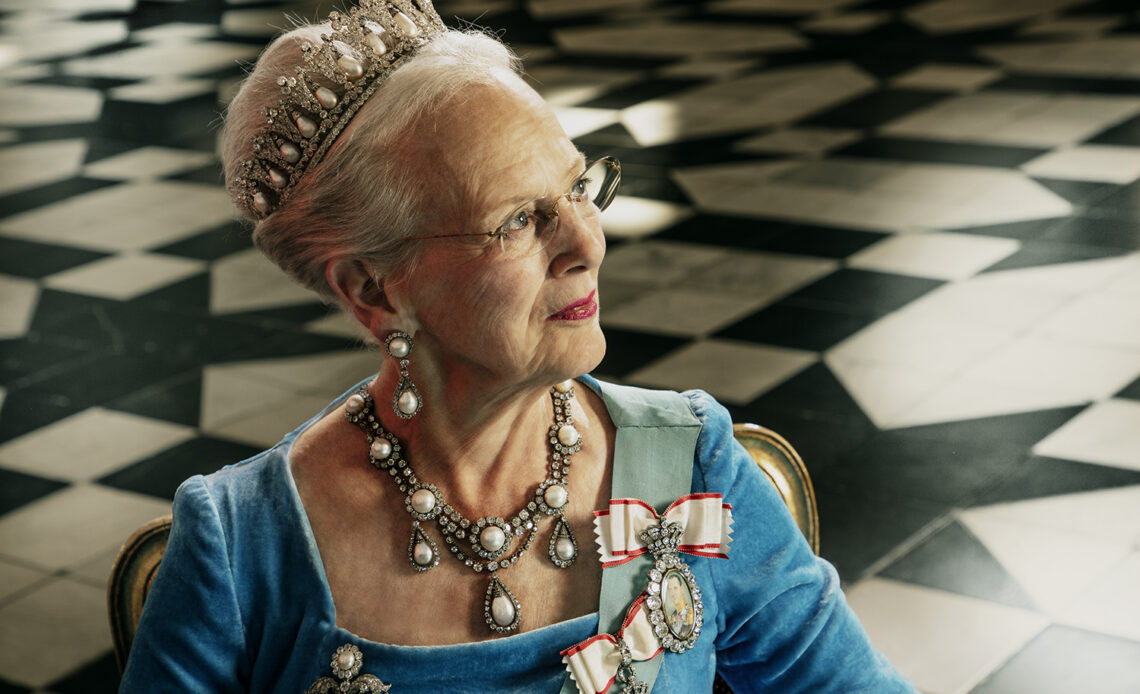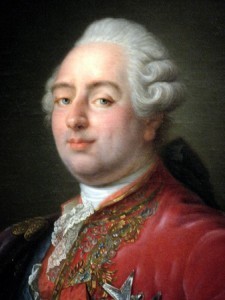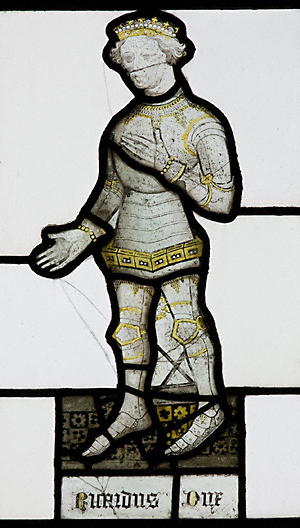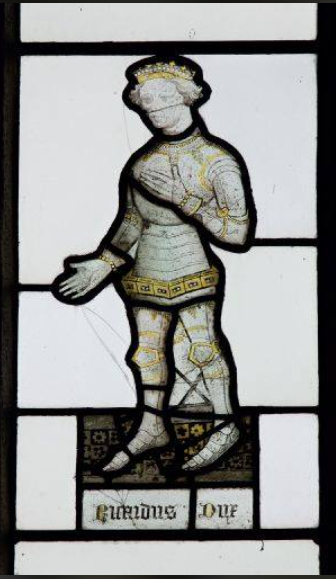Monday, 31 January 2022
Another relic of King Charles the Martyr
Sunday, 30 January 2022
Relics of the Royal Martyr
Thursday, 27 January 2022
Vestments in fifteenth and sixteenth century paintings
Wednesday, 26 January 2022
A wooden statuette from early Roman Britain
More discoveries from the site of Stoke Mandeville Church
Tuesday, 25 January 2022
The church that Bishop Fleming built
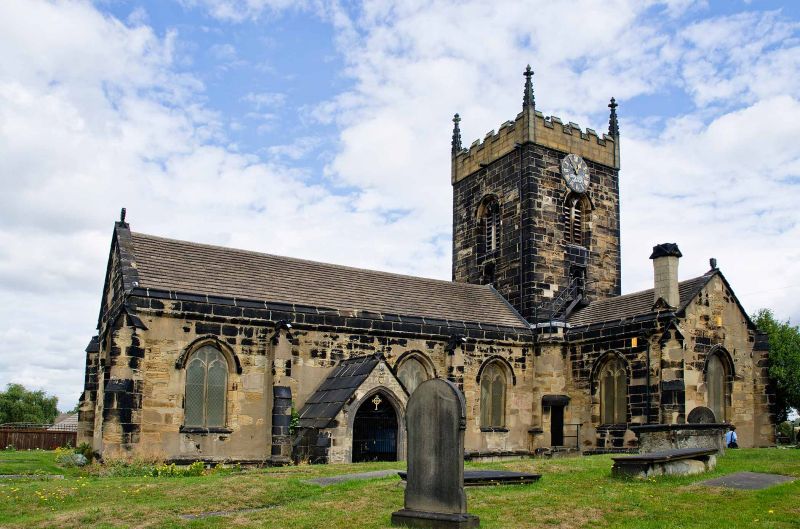
Sale of the King Henry III gold penny
St Dwynwen
Monday, 24 January 2022
The Proclamation of the German Empire in 1871
Sunday, 23 January 2022
The library of Roche Abbey
Saturday, 22 January 2022
Queen Victoria’s Jewellery
St Vincent
Friday, 21 January 2022
“Son of St Louis ascend to Heaven”
Thursday, 20 January 2022
Latin Liturgy in Anglican Oxford - and more besides
The discussion of what exactly either Queen Elizabeth I or, indeed, King Edward VI preferred is an interesting and important one, and which invites both research and speculation. What either monarch intended may be open for discussion, and in the case of Queen Elizabeth it does lead to wider reflection on just how effective her ideas and influence were. What was she aiming to achieve, how did she implement it personally and publically, and how successful was she? Are we looking at a magisterial settlement by the emerging Gloriana or is it an instance of what had been termed the “Crowned republic of Elizabeth I”?
This is a wide-ranging topic but one well worth thinking about for what it reveals about sixteenth century rulership and about the very nature of the Church of England and about Anglicanism.
Wednesday, 19 January 2022
The trigger for the Little Ice Age?
Tuesday, 18 January 2022
A good night’s sleeps?
The Two Feasts of the Chair of Peter
Monday, 17 January 2022
Was King Edward IV illegitimate?

A new threat to the Order of Malta
A Roman commercial community discovered in the Mendips
Sunday, 16 January 2022
Another gold penny of King Henry III
Saturday, 15 January 2022
Portraying Queen Elizabeth I
Golden Jubilee of The Queen of Denmark
